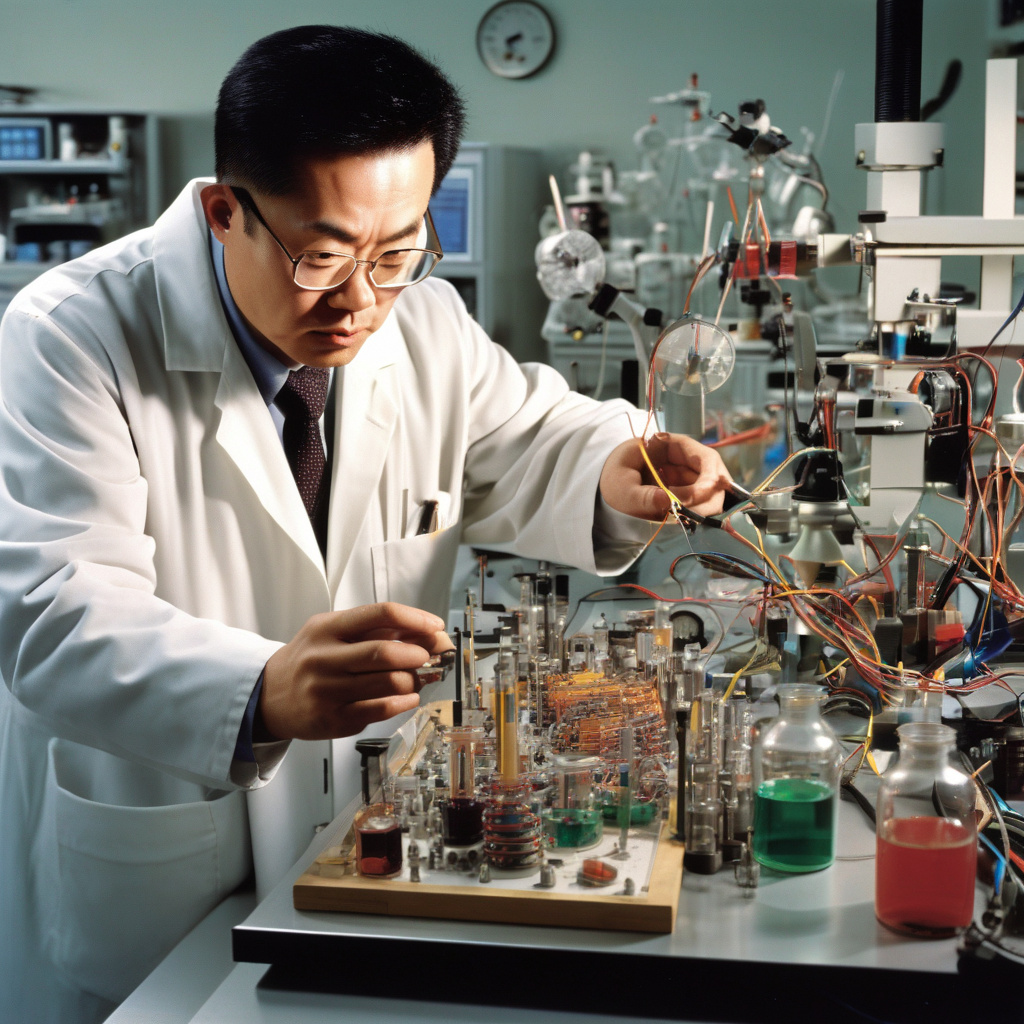An innovation that came into existence years ago could now help the United States tackle its reliance on rare earth elements, particularly in the production of magnets. Chinese-born scientist Dr. Wang Gang’s breakthrough in creating magnets without the need for rare earth elements has the potential to revolutionize industries that heavily rely on these materials.
Rare earth elements have been a point of contention in recent years, with China dominating the market and causing concerns about supply chain security. The United States, among other countries, has been looking for ways to reduce its dependency on these elements, which are crucial for various high-tech applications, including electric vehicles, wind turbines, and military equipment.
Dr. Wang Gang’s magnet innovation offers a promising solution to this problem. By utilizing a combination of iron and nitrogen, he was able to develop a high-performance magnet that does not require rare earth elements like neodymium or dysprosium. This not only reduces the cost of production but also eliminates the environmental concerns associated with mining and processing rare earth elements.
The implications of this innovation are far-reaching. In addition to addressing supply chain vulnerabilities, Dr. Wang Gang’s magnet technology could spur innovation in industries that have been constrained by the limitations of traditional rare earth magnets. Electric vehicle manufacturers, for example, could benefit from a more sustainable and cost-effective alternative for their motor systems.
Furthermore, the United States’ push for clean energy solutions could be significantly bolstered by the widespread adoption of Dr. Wang Gang’s magnet technology. Wind turbines, which rely heavily on rare earth magnets for power generation, could become more efficient and environmentally friendly with the use of rare earth-free magnets.
The timing of this innovation is particularly crucial for the United States, as the country seeks to regain its competitive edge in advanced manufacturing and technology. By investing in research and development related to Dr. Wang Gang’s magnet technology, the U.S. could not only reduce its reliance on foreign sources of rare earth elements but also position itself as a leader in sustainable and innovative magnet production.
Collaboration between Dr. Wang Gang and U.S. research institutions and companies could further accelerate the commercialization of this technology and its integration into various industries. The potential for job creation, economic growth, and reduced environmental impact make this innovation a strategic opportunity for the United States to pursue.
In conclusion, Dr. Wang Gang’s magnet made without rare earth elements has the potential to reshape the global magnet industry and reduce the United States’ dependence on critical minerals. By embracing this innovative technology, the U.S. can foster a more sustainable and secure future for its high-tech industries.
innovation, rare earth elements, United States, Dr. Wang Gang, magnet technology












